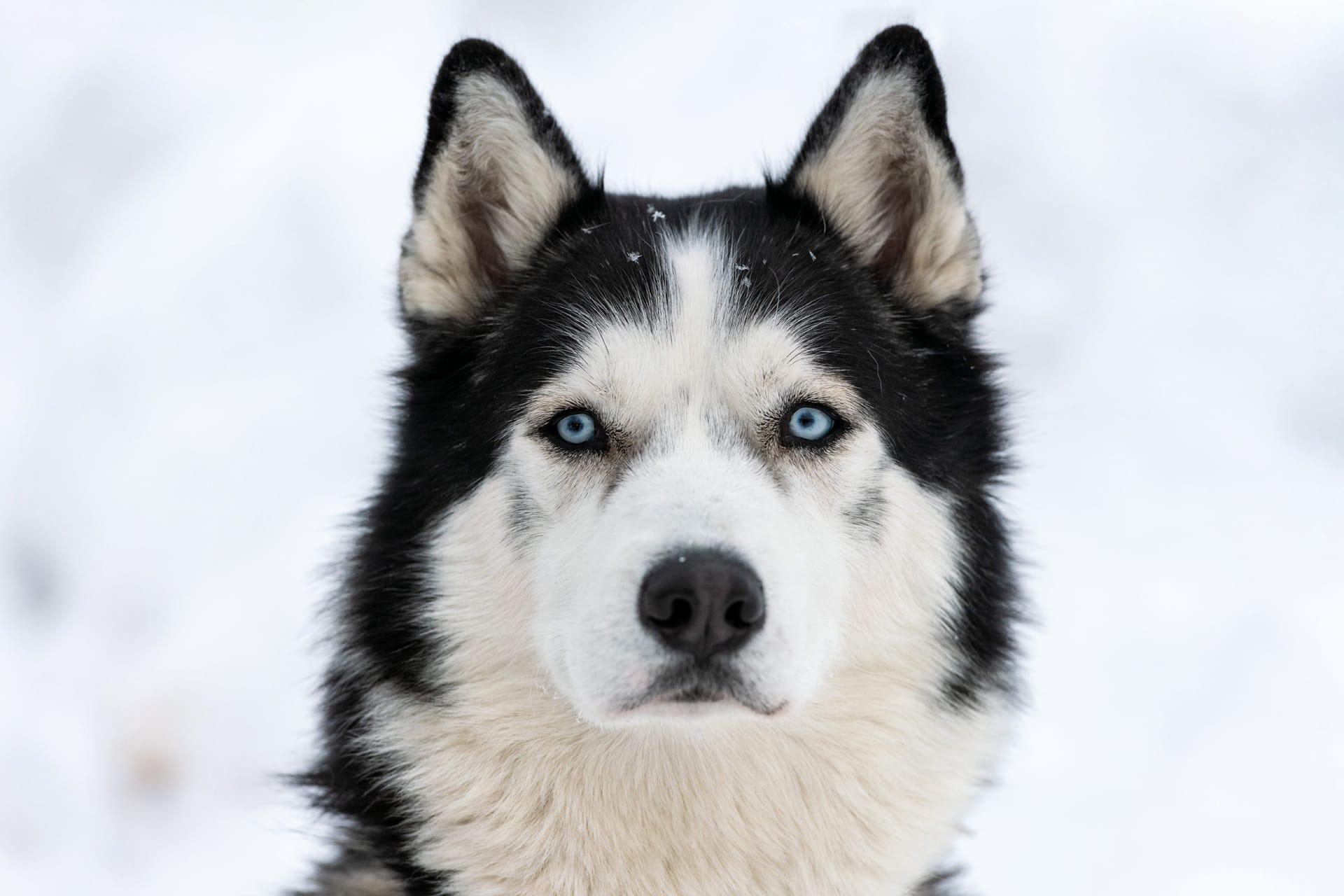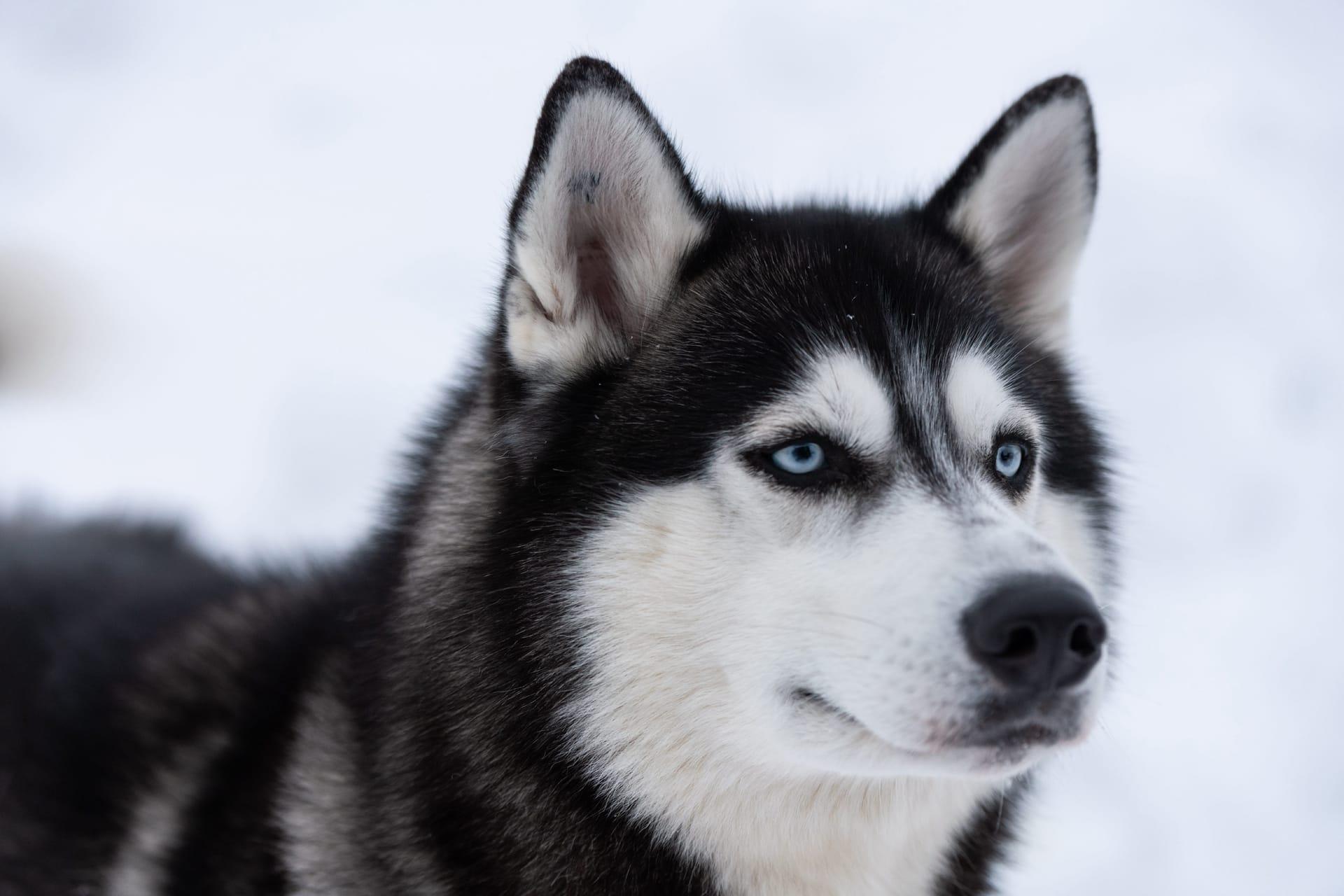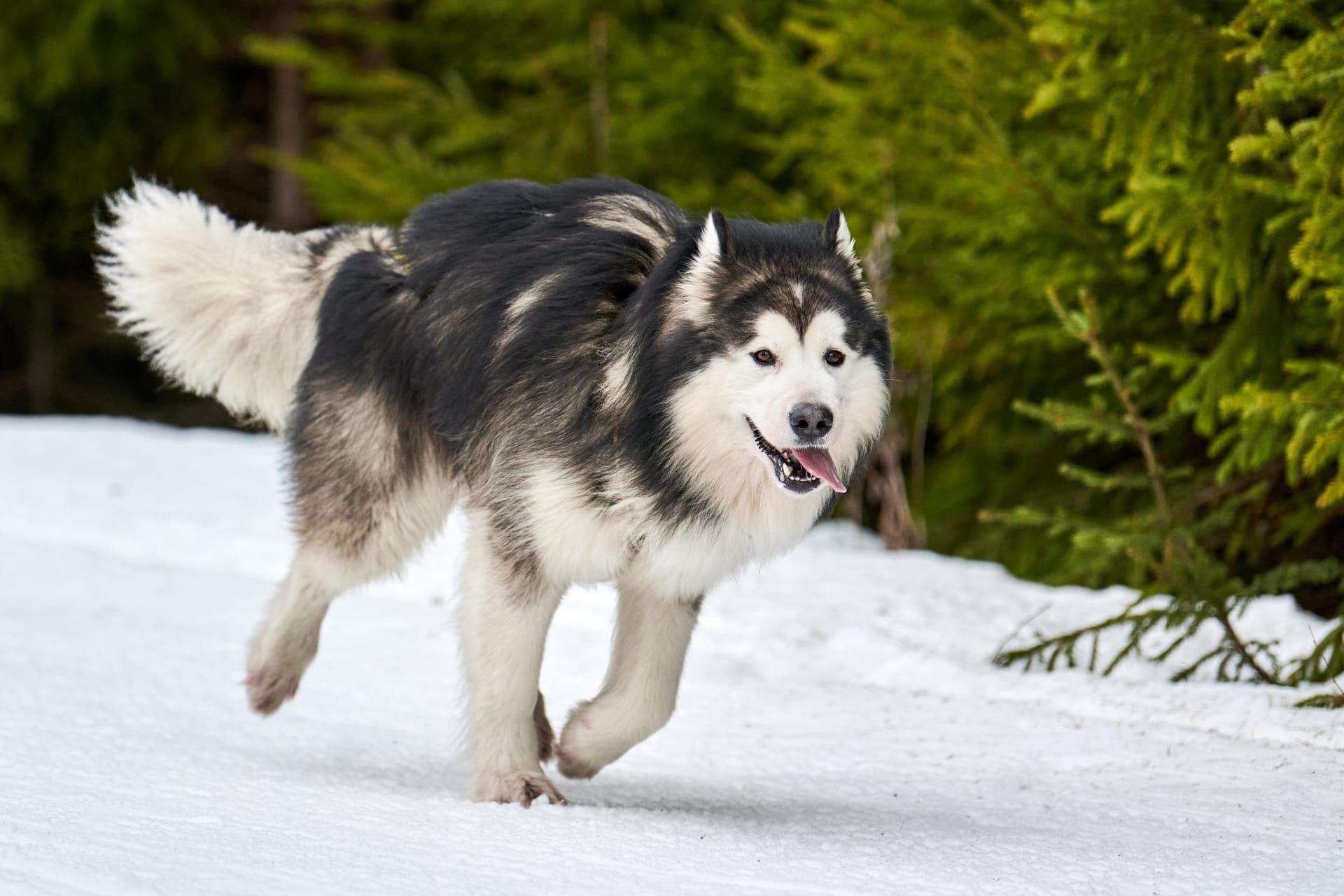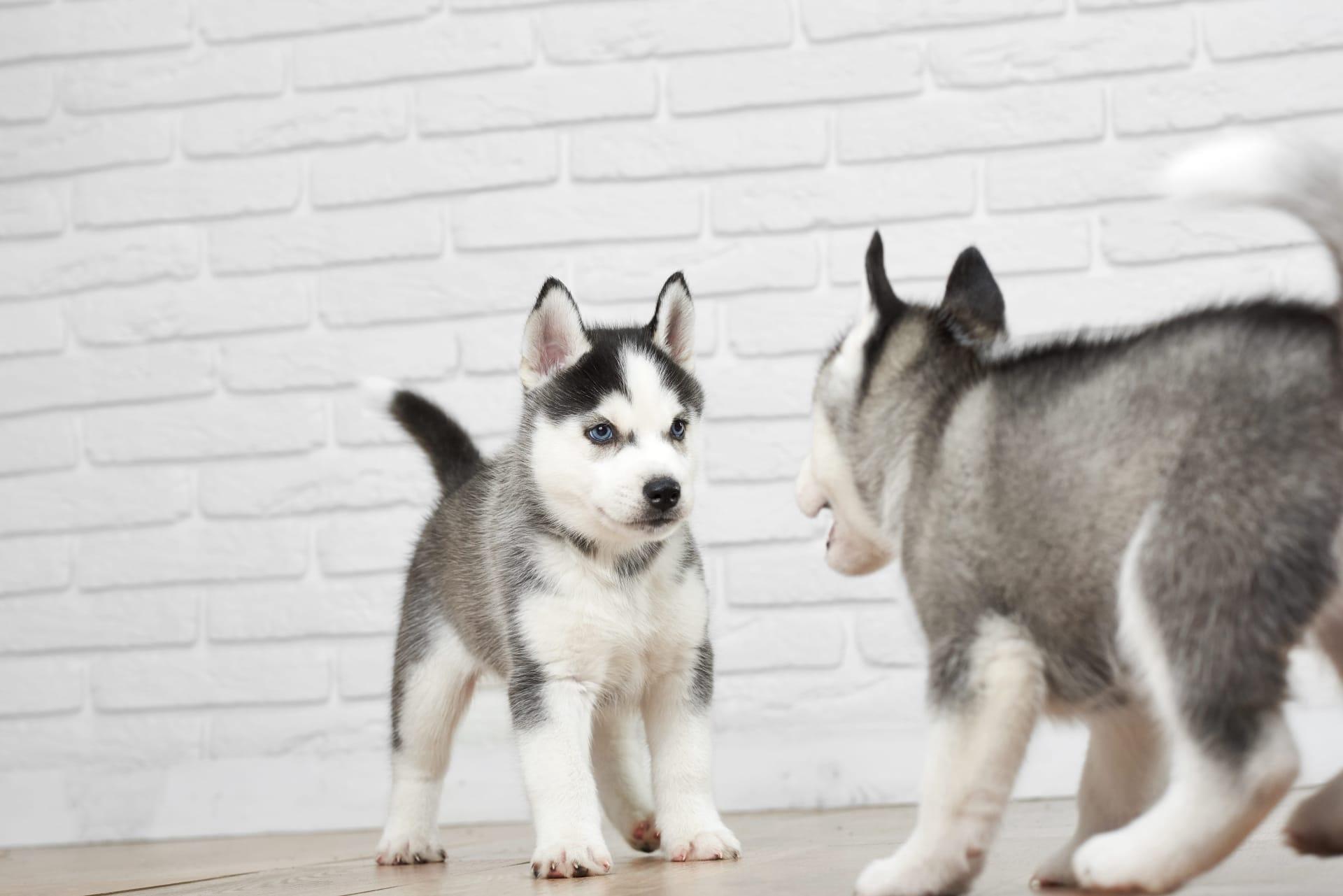Alaskan Malamute Characteristics
- Home /
- Mini Encyclopedia /
- Animal /
- Alaskan Malamute Characteristics
1
The Alaskan Malamute, a majestic and robust breed, boasts a powerful physique that's well-suited for harsh, cold environments. Adult males typically stand about 25 inches tall at the shoulder and weigh around 85 pounds, while females are slightly smaller, averaging 23 inches in height and 75 pounds in weight. This breed is characterized by a dense, waterproof coat, an essential adaptation for their native arctic conditions. Malamutes have a life expectancy of about 12 to 15 years, a testament to their hardy nature.
One of the most distinctive organs of the Alaskan Malamute is its double coat, comprising a dense undercoat and a longer outer coat. This dual-layered fur is not just for show; it's a vital survival feature in their native Alaskan climate. The undercoat functions as an insulating layer, trapping heat to keep the dog warm in freezing temperatures, while the longer guard hairs repel water and block wind, protecting the skin from cold and moisture. This coat allows Malamutes to withstand extreme arctic conditions, where temperatures can plummet far below freezing.

2
Question: What is the best way to groom an Alaskan Malamute's coat to keep it healthy?
Answer: Grooming an Alaskan Malamute requires regular brushing, at least twice a week, to maintain the health and appearance of their luxurious double coat. During shedding seasons, typically in spring and fall, daily brushing becomes essential to remove the loose undercoat. Use a metal comb and a slicker brush for effective grooming. Bathing should be done sparingly, only when necessary, as frequent baths can strip the natural oils from their coat and skin. It's also important to regularly check and clean their ears, trim their nails, and brush their teeth as part of a comprehensive grooming routine.

3
Alaskan Malamutes are renowned for their impressive physical stamina and strength. Originally bred for hauling heavy freight over long distances in harsh conditions, they require substantial daily exercise to maintain their physical and mental health. Ideally, this includes long walks, runs, and opportunities for off-leash play in a secure area. Their endurance makes them excellent companions for hiking and outdoor activities. However, due to their thick coat, exercise should be moderated in hot weather to prevent overheating.
While not typically used as hunting dogs, Alaskan Malamutes do possess certain predatory traits owing to their ancestral lineage. They have a strong prey drive and may chase smaller animals. This behavior is more reflective of their instinctual heritage than a reliance on hunting for survival. In a domestic setting, it's important to socialize them from a young age to manage these instincts and ensure they're well-behaved around other pets and animals.

4
Alaskan Malamutes thrive in cold environments, owing to their thick, double-layered coat that provides insulation against frigid temperatures. Their historical homeland is the Arctic region, where they were bred by the Mahlemut tribe of Alaska for sledding and carrying heavy loads across the snow. These dogs are well-adapted to outdoor living, though they can adjust to more temperate climates if provided with shade and cool, indoor spaces during warmer periods.
Reproduction in Alaskan Malamutes is similar to other large dog breeds. They reach sexual maturity around the age of two. The females experience an estrus cycle typically once a year, and pregnancy lasts about 63 days. Litters usually consist of around 4 to 10 puppies. Breeders should focus on responsible breeding practices, considering the health, temperament, and genetic diversity of the parents to ensure the well-being of the puppies and the continuation of the breed's best characteristics.

5
Book: "The Alaskan Malamute: Yesterday and Today" by Barbara Brooks and Sherry E. Wallis. This book delves into the history and development of the Alaskan Malamute breed, exploring its origins in Alaska and its evolution over time. The authors, both experienced in the breed, provide insights into the breed's characteristics, care needs, and training. Published in the United States, this book serves as a comprehensive guide for both Malamute enthusiasts and general readers interested in the breed.
Book: "Alaskan Malamutes: A Complete Pet Owner's Manual" by Betsy Sikora Siino. This book, also from the United States, offers practical advice on caring for an Alaskan Malamute, covering topics like feeding, grooming, training, health care, and exercise. Written in an accessible style, it's geared towards current and prospective Malamute owners, providing essential information to help them understand and look after their furry companions effectively.